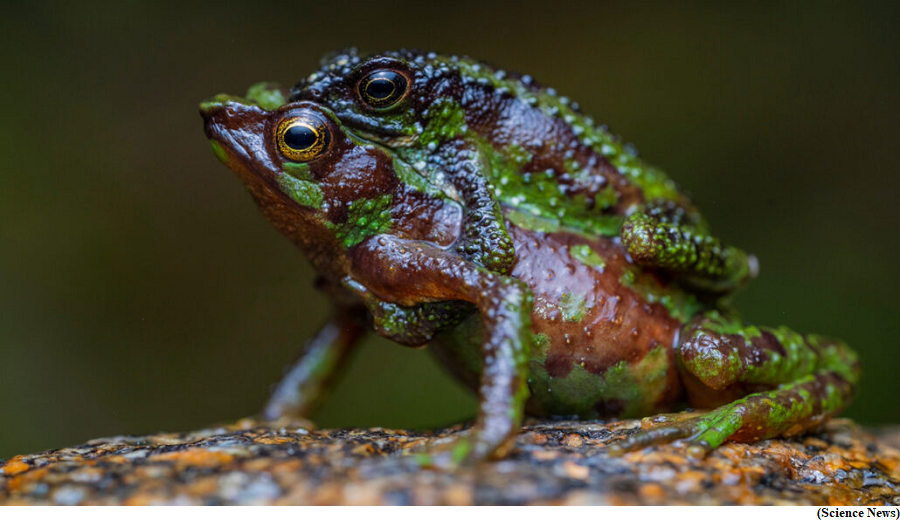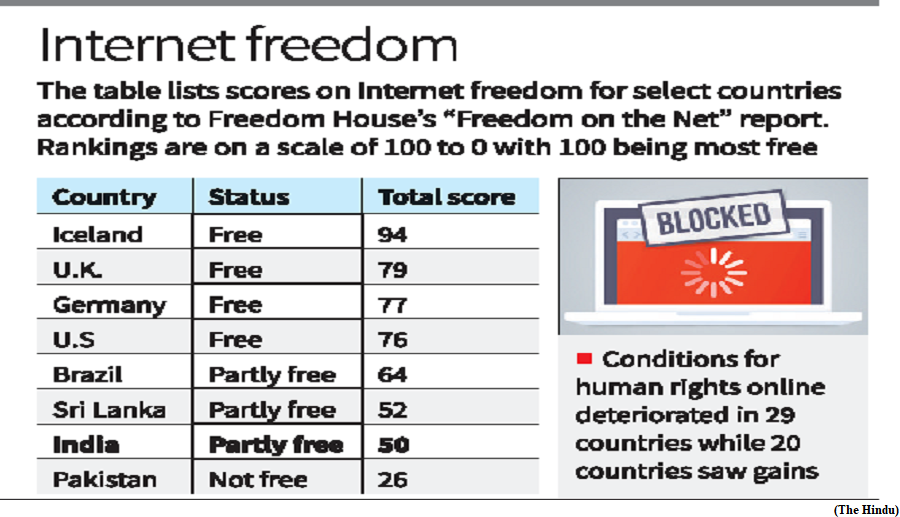RuPay Domestic Card Scheme Agreement between India and the UAE (GS Paper 3, Economy)

Why in news?
- NPCI International Payments Limited (NIPL), a wholly-owned subsidiary of the National Payments Corporation of India (NPCI), has entered into a strategic partnership agreement with Al Etihad Payments (AEP) for Domestic Card Scheme (DCS) Implementation in UAE.
- AEP is an indirect subsidiary of the Central Bank of UAE (CBUAE).
Domestic Card Scheme (DCS):
- As per the agreement, NIPL and AEP will work together to build, implement, and operationalize UAE's national domestic card scheme.
- The DCS will aim to facilitate the growth of e-commerce and digital transactions in the UAE, bolster financial inclusion, support the UAE's digitization agenda, increase alternate payment options, reduce the cost of payments, and enhance the UAE's competitiveness and position as a global payments leader.
- The DCS solution is based on the principles of sovereignty, speed to market, innovation, digitization, and strategic independence.
- The DCS solution provided by NIPL consists of a RuPay stack and value-added services like fraud monitoring services and analytics. NIPL will also assist AEP in formulating the operating regulations for their domestic card scheme.
RuPay:
- RuPay is an indigenous, highly secure, and widely accepted card payment network in India. RuPay cards have debit, credit, and prepaid propositions.
- More than 750 Million RuPay cards are in circulation as of date. RuPay cards make up more than 60% of total cards issued in India, with every second Indian having a RuPay card now. These cards are issued through the entire banking spectrum, including public sector, private, and small banks.
DPI framework in India:
- India's world-renowned Digital Public Infrastructure (DPI) is driving massive transformation in the payment space.
- DPI framework includes digital identity, digital payments, and digital data exchange layers, a combination of these three is the force behind the fintech revolution in India.
- In India, nearly every adult has access to banking services, a way to remotely authenticate themselves (through Aadhar), and access to the internet through efficient and affordable mobile connectivity.
- A combination of these factors makes India the third largest fintech ecosystem in the world, with rapidly surfacing unicorns.
- India has witnessed an exponential growth of 367% in customers participating in digital transactions in the last five years, with an active customer base of more than 340 million.
Amphibians at risk, 41 percentage of global species threatened with extinction
(GS Paper 3, Environment)
Why in news?
- In a recent global assessment, it has been revealed that the world's amphibians are in grave danger, with 41% of species threatened with extinction.
- This alarming figure is an increase from the 39% reported in the last assessment conducted in 2004.

Threats:
- Amphibians, including frogs, salamanders, newts, and others, are considered the most threatened animals globally due to their unique biology and permeable skin, making them highly sensitive to environmental changes.
- The study identified habitat loss due to farming and ranching expansion as the primary threat to these creatures.
- However, novel diseases and climate change are increasingly pushing more amphibian species towards the brink of extinction.
Vulnerability:
- Amphibians' vulnerability stems from their distinct life stages, each requiring different habitats.
- Changes in either aquatic or land environments can disrupt their life cycle. Their delicate skin, which they use to absorb oxygen for breathing, leaves them unprotected against chemical pollution, bacterial and fungal infections.
- Additionally, they are significantly affected by temperature and moisture level fluctuations due to climate change.
- For instance, frogs, typically nocturnal creatures, may not emerge even at night if temperatures are too high, as they risk losing excessive water through their skin. However, staying in sheltered resting places restricts their feeding and breeding activities.
- The year 2023 is on track to be the second hottest globally, following 2016, further exacerbated the plight of these creatures.
Hotspots:
- The greatest concentrations of threatened amphibian species were identified in several biodiversity hotspots, including the Caribbean islands, the tropical Andes, Madagascar, and Sri Lanka.
- Other locations with large numbers of threatened amphibians include Brazil’s Atlantic Forest, southern China, and the southeastern United States.
India expanding censorship regime, creating uneven playing field, study
(GS Paper 3, Science and Technology)
Why in news?
- According to a new report by Freedom House, a Washington-based non-profit organisation, global Internet freedom has declined for the 13th consecutive year.
- The environment for human rights online has deteriorated in 29 countries, with only 20 countries registering net gains.

About the report:
- The report, titled “Freedom on the Net 2023: The Repressive Power of Artificial Intelligence”, has raised a red flag on the increasing use of artificial intelligence by governments for censorship and spread of disinformation.
- The report covers developments between June 2022 and May 2023. It evaluates Internet freedom in 70 countries.
Key Highlights:
- As per the report, the sharpest rise in digital repression was witnessed in Iran, where authorities shut down Internet service, blocked WhatsApp and Instagram, and increased surveillance in a bid to quell anti-government protests.
- China, for the ninth straight year, was ranked as the world’s worst environment for Internet freedom, with Myanmar the world’s second most repressive for online freedom.
- People faced legal repercussions for expressing themselves online in a record 55 countries, and the number of countries where authorities carry out widespread arrests and impose multi-year prison terms for online activity has risen sharply over the past decade, from 18 in 2014 to 31 in 2023.
India’s status:
- India also figured among the list of countries that “blocked websites hosting political, social, or religious content”, deliberately disrupted ICT networks, used pro-government commentators to manipulate online discussions, and conducted “technical attacks against government critics or human rights organisations”.
- On a range of 1 to 100, where ‘100’ represented highest digital freedom, India scored 50, while Iceland, with 94, has the best Internet freedom.
Digital repression in India:
- Detailing AI-enabled digital repression in India, the report said, Indian Prime Minister and his Bharatiya Janata Party (BJP) have incorporated censorship, including the use of automated systems, into India’s legal framework.
- The Information Technology (Intermediary Guidelines and Digital Media Ethics Code) Rules require large social media platforms to use AI-based moderation tools for broadly defined types of content, such as speech that could undermine public order, decency, morality, or the country’s sovereignty, integrity, and security, or content that officials had previously ordered removed.
- As the country prepares for general elections in 2024, the government’s expanding censorship regime is creating an uneven playing field by silencing criticism of and independent reporting on the ruling party.
Censorship methods:
- The report evaluates countries on five censorship methods: Internet connectivity restrictions, blocks on social media platforms, blocks on websites, blocks on VPNs, and forced removal of content and India engaged in all of them except one (VPN blocking).




